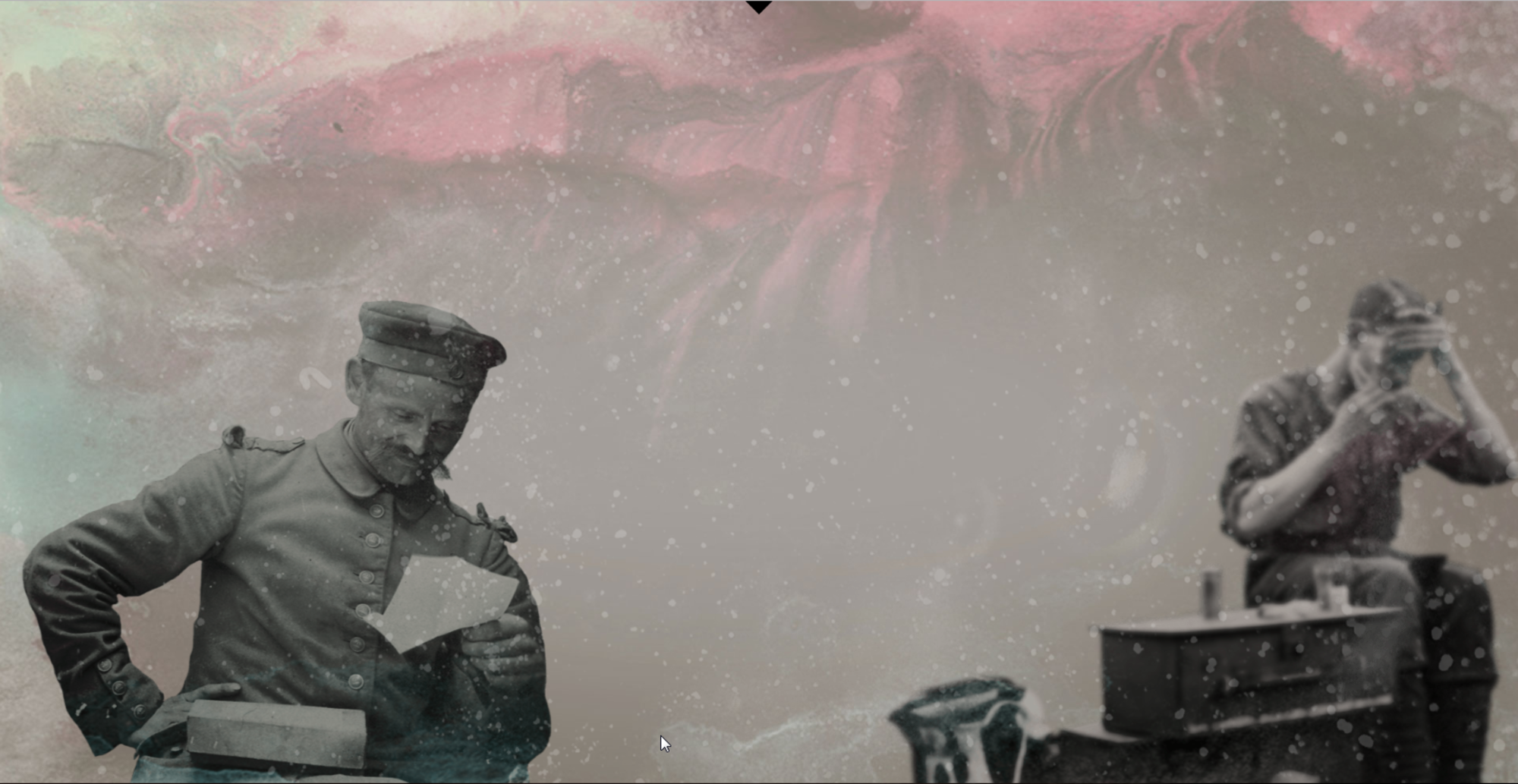
- Home
- Day-to-day life
- Civilians at war
In 1914 France’s total population stood at just below 40 million. By the end of the conflict, some 8,500,000 men had been mobilised. War was no longer a matter for the army alone, but for the nation as a whole. The vast majority of the working age male population would spend time in uniform. It was not rare for several members of the same family to be in active service. The same was true of almost all of the warring parties. The nations involved in the conflict would thus be permanently affected. The Great War deeply marked collective and individual memories, an impact which can still be felt in 2014 as we commemorate the Centenary of the start of the conflict. Archaeological excavations thus often turn up artefacts from civilian life, evidence of the day-to-day existence of these recent recruits as they adapted to life in uniform. These everyday artefacts include traces of the culinary practices specific to each nation, and rarer and more ephemeral traces of religious or funerary practices. The soldiers, particularly when at rest, made efforts to reproduce the living conditions to which they were accustomed. Photographic and archaeological evidence from the German rest camps are particularly moving in this respect: a ‘bucolic’ set-up with wooden cabins often lovingly adorned with decorations made from birch branches. Similarly, the numerous burial grounds found near the front bear a strong resemblance to traditional German cemeteries.




